ISO 22476-1:2022
Geotechnical investigation and testing — Field testing

Scope:
- ISO 22476-1:2022 is the latest update to the Cone Penetration Test (CPT) standard.
- Builds on ISO 22476-1:2012, introducing significant changes to testing, calibration, and classification.
kEY CHANGES FROM 2012:
- Redefined Cone Penetrometer Classes:
- New classification system with quantified uncertainty levels for each penetrometer class.
- Classes emphasize data reliability and standardization for global comparability.
- Introduction of Test Categories (A, B, C, D):
- Aligns test rigor with project-specific requirements.
- Ensures that testing accuracy and data quality match the complexity of the geotechnical design.
- Thermal Stability and Transience:
- Detailed focus on ambient and frictional heating effects.
- Includes methods for correcting temperature-induced errors in tip resistance, sleeve friction, and pore pressure measurements.
- Calibration Protocol Enhancements:
- Requires 100 calibration points, evenly spaced across the load range (ConeTec has added additional points at the low end to improve accuracy).
- Still no low-end guidance below 1/100th of the loading range.
- Focus on uncertainty calculations rather than measurement error.
- Field Procedure Updates:
- Mandatory 60-second zero readings at the beginning and end of each test to check baseline stability.
- Depth verification with emphasis on verticality and accurate profiling.
- Measurement of cone dimensions (Class 0)
- Other improvements to mandatory field procedures and reporting requirements.
- Dimensional Tolerance Adjustments:
- Updated cone geometry requirements to reduce variability in stress calculations.
ISO 22476-1:2012
Geotechnical investigation and testing — Field testing

Scope:
- Standardized methodology to improve global consistency.
- Defines requirements for CPT and CPTu testing in various geotechnical contexts.
- Provides detailed guidance on equipment, calibration, execution, and reporting requirements.
kEY FEATURES:
- Classification System for Application Classes:
- Classifies penetrometers based on accuracy and suitability for various applications (e.g., Class 1 for high-precision tests).
- Calibration Requirements:
- Various calibration requirements for different cone classes, but limited guidance
- Depth Verification:
- Provides details on obtaining accurate depth by measuring inclination and adjusting depth for verticality
STRENGTHS:
- Standardizes calibration and testing, promoting global comparability of results.
- Focus on depth accuracy and zero-drift verification improves reliability.
- Four cone classes provide versatility and practicality.
CHALLENGES:
- Thermal Effects:
- Limited guidance on mitigating temperature-related errors in readings.
- Discusses but does not apply uncertainty, relies on % error
- Refers to other ISO standards for most calibration requirements
ASTM D5778-20
Standard Test Method for Electronic Friction Cone and Piezocone Penetration Testing of Soils.

Scope:
- Defines procedures and calibration for electronic cone and piezocone penetration testing (CPT/CPTu).
- Primarily followed throughout the Americas.
- From equipment selection to field procedures to reporting requirements
kEY FEATURES:
- Covers modern and high-quality CPT Testing:
- Tip resistance, sleeve friction, and pore pressure measurements.
- Additional sensors: inclinometer, seismic, resistivity, temperature.
- Calibration Requirements:
- Emphasizes regular calibration intervals for accuracy.
- One size fits all calibration requirements.
- Data Resolution:
- Continuous measurements at intervals no greater than 50 mm.
- Allows higher resolution (e.g., 10-20 mm) for critical projects.
STRENGTHS:
- Simplicity: Adaptable for a wide variety of site conditions.
- One-size fits all approach.
- Contractors can go above and beyond to improve the outcome.
CHALLENGES:
- Thermal Effects:
- Limited guidance on handling temperature variations affecting data reliability.
- No Low-End Calibration requirement:
- Less rigorous with data point error evaluation starting at 20% FSO, no low-end calibration requirement (which is where you need it most).
- No Cone Classes or Test Categories
- Lacks multiple classification categories results in less flexibility.
- Limited mention and no requirement for calculation of Measurement Uncertainty









QUICK LINKS